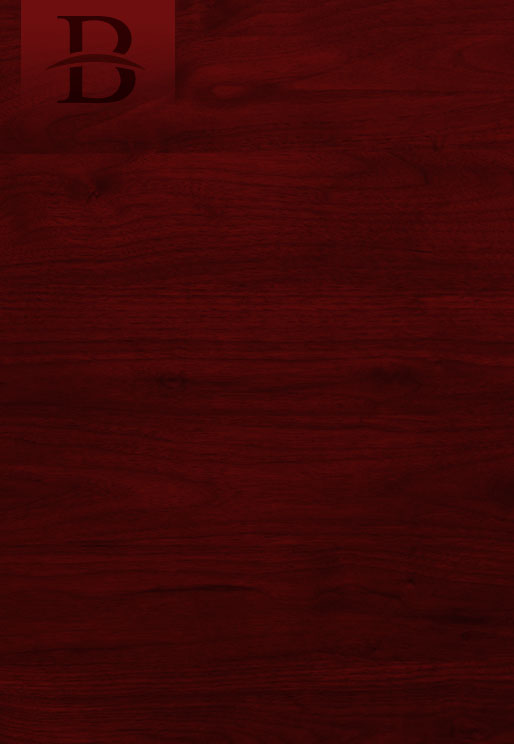Common law bankruptcy was established centuries ago to handle debtors that couldn’t repay their debts. In a successful economy, the best way to handle debts that can’t be paid by the borrower is with a bankruptcy system that stabilizes that debt load, returning consumers to the trade of goods and services while remaining fair to creditors with some form of repayment. Today, that foundational system is still in place with modern bankruptcy law. Contemporary bankruptcy systems can be highly complex, and because of this, it is highly recommended bankruptcy filers take advantage of the guidance an attorney can provide. At Behm Law Group, Ltd., our expert attorneys can help you work through a Chapter 13, Chapter 12 or Chapter 7 bankruptcy in New Ulm, MN or the surrounding areas.
The U.S. bankruptcy code offers relief for the debtor and, sometimes, provides a return of some payment to creditors in two general ways: liquidation and discharge or reorganization and repayment. Chapter 13 and Chapter 11 were developed for individual and business debtors respectively to offer a restructuring of debts into a repayment plan that fits the filer’s income. Creditors are repaid but under different repayment terms that are more beneficial to the bankruptcy filer.
Chapter 7 bankruptcy, on the other hand, is reserved for filers who don’t have disposable income every month – surplus income after necessary living expenses are paid – and wouldn’t be able to work through a chapter 13 repayment plan. Chapter 7 bankruptcy is also intended for those whose household incomes are below the state median income for a household of their size. Instead, Chapter 7 bankruptcy provides debt discharge by liquidating the filer’s non-exempt assets and providing that value to creditors. Filers will no longer be legally, contractually responsible in any way for a debt once it’s officially discharged by the court. In the vast majority of chapter 7 bankruptcy cases, however, people are able to retain all of their property and all they lose are their debts.
When does discharge happen?
Discharge happens at the end of your Chapter 7 bankruptcy case, but only after you’ve met court requirements including:
- filing all the necessary paperwork and schedules with your bankruptcy petition
- given the court a correct and accurate documentation detailing your finances
- paid the bankruptcy court filing fee
- attended the meeting of creditors with the trustee
- attended court-approved credit counseling and financial management courses
When you’ve met these requirements, the court will issue an order of discharge. While this order discharges your legal responsibility to pay your debts, the issuance of the discharge order doesn’t always mean that your case will be closed right away. Sometimes, a bankruptcy case must remain open to allow the bankruptcy trustee to sell non-exempt assets (assets that you can’t retain) and disburse the resulting sale proceeds among your creditors. Additionally, in the event an adversary proceeding was filed, your case will remain open until the adversary proceeding has concluded.
The discharge order discharging your debts will be issued by the bankruptcy court about three to four months after your bankruptcy case is filed. The discharge order won’t list each debt that is discharged, but instead provides general information about the debts that are discharged and the debts that you may still have to pay, such as tax debts, child support debts, debts related to alimony, some student loans, etc.
Keep in mind that the court can revoke or deny a discharge if you are untruthful or did not correctly file your paperwork. To get the most out of your debt discharge and file a successful and accurate case for Chapter 7 bankruptcy in New Ulm, MN, contact Behm Law Group, Ltd. today at (507) 387-7200 or stephen@mankatobankruptcy.com.




